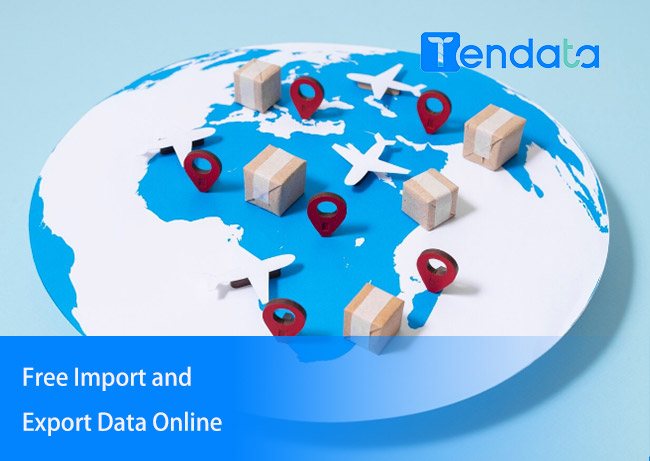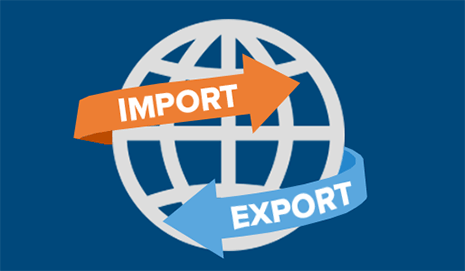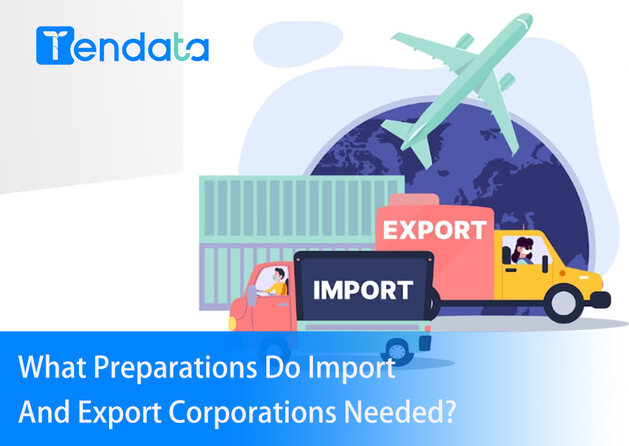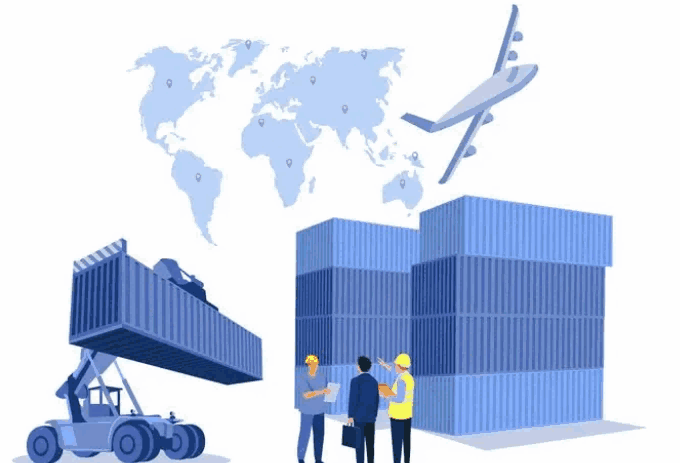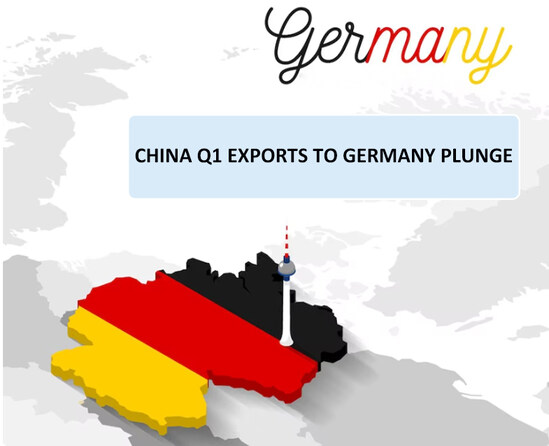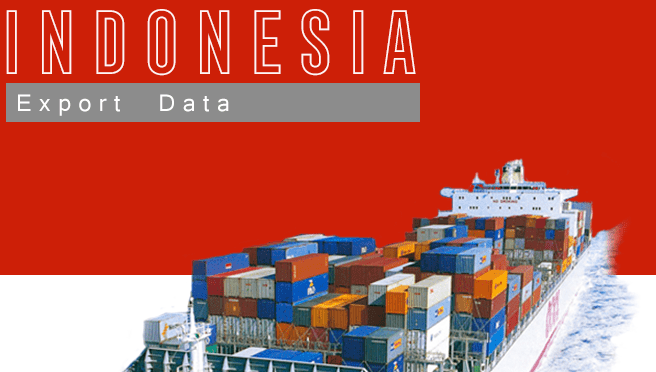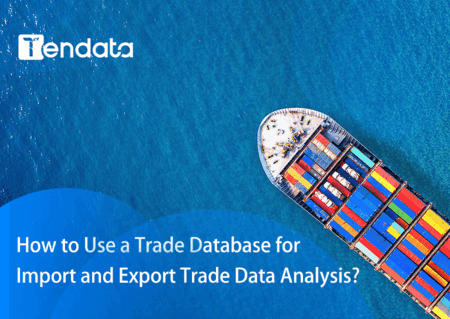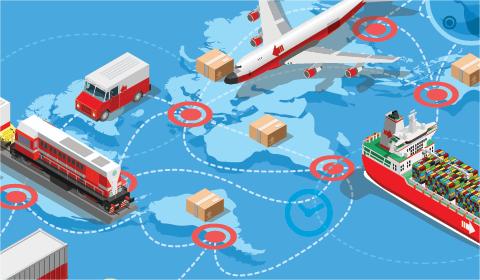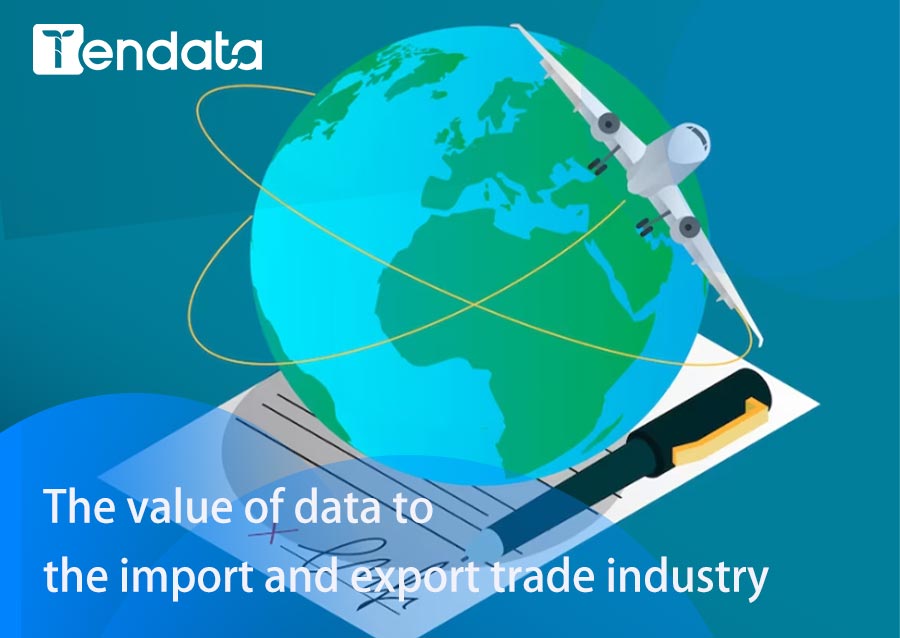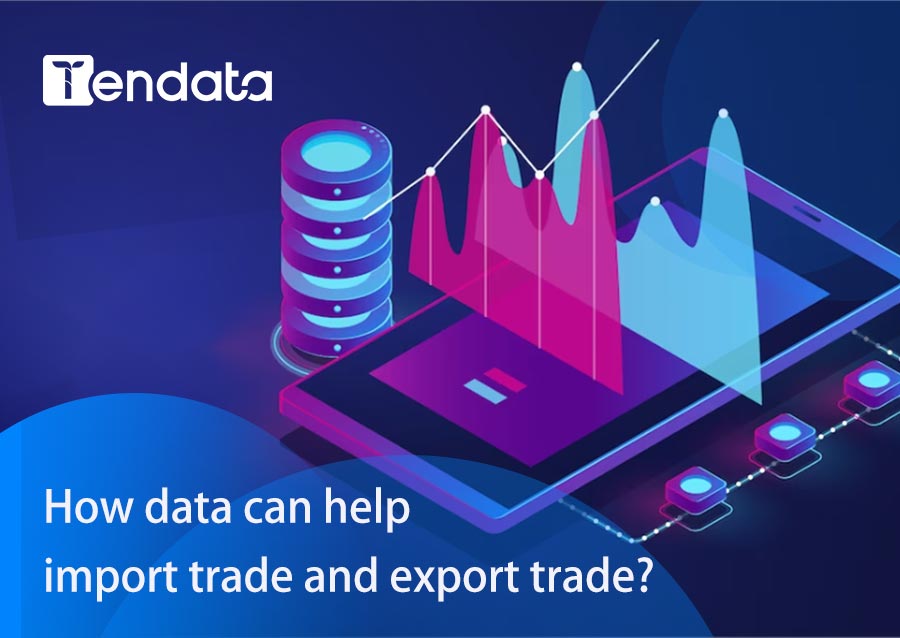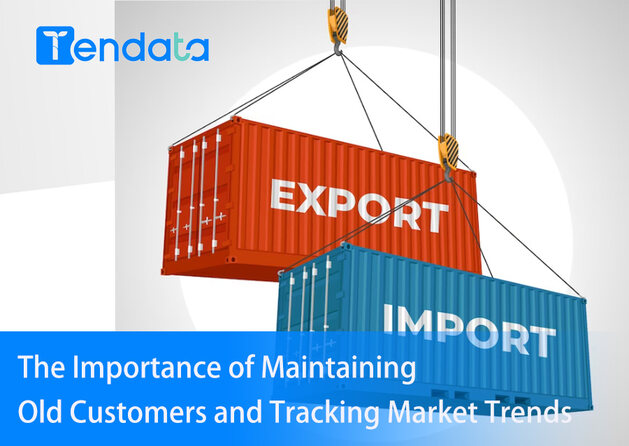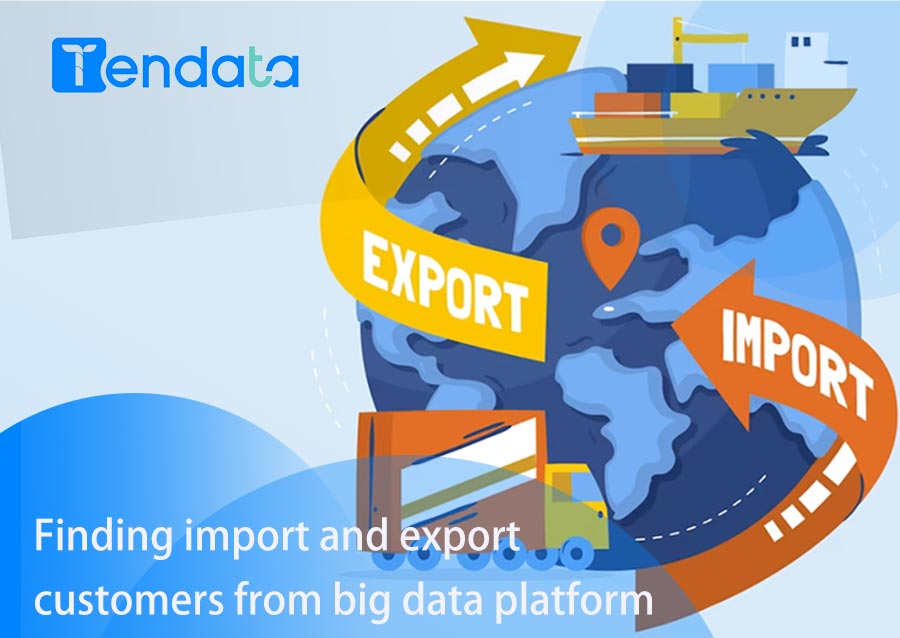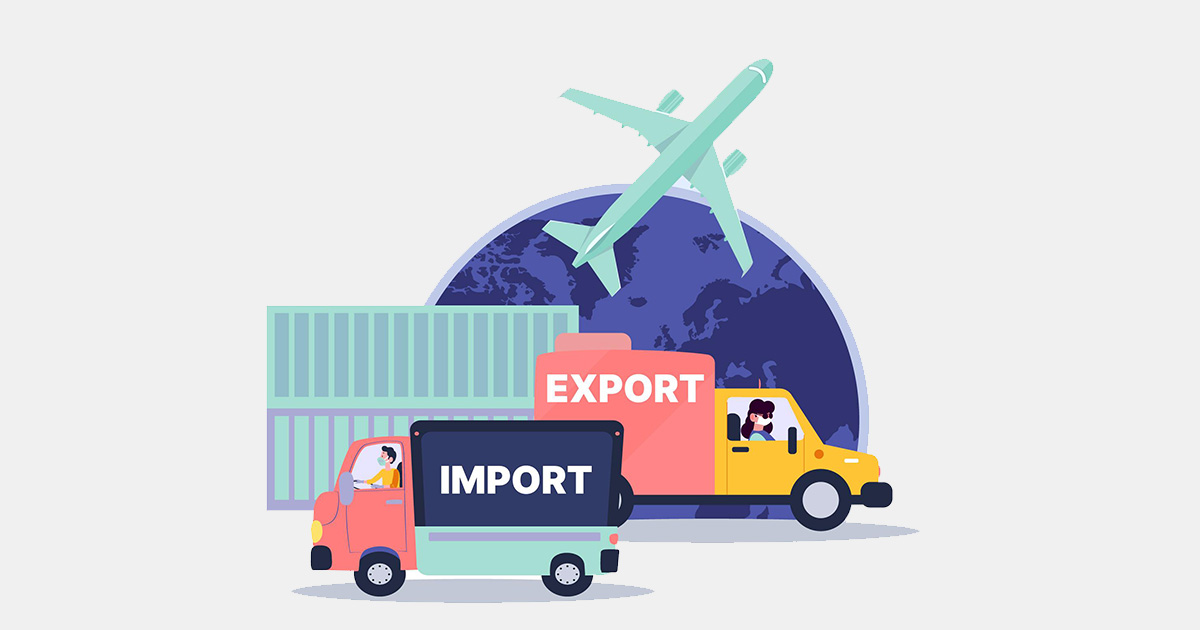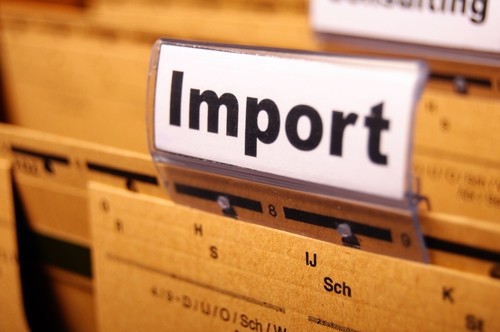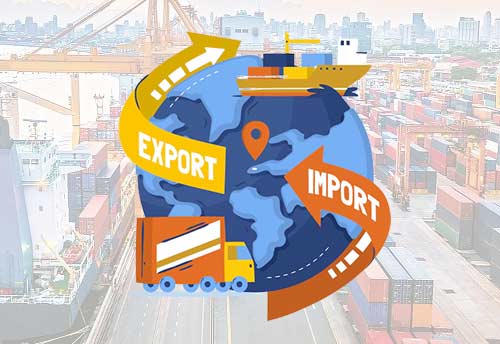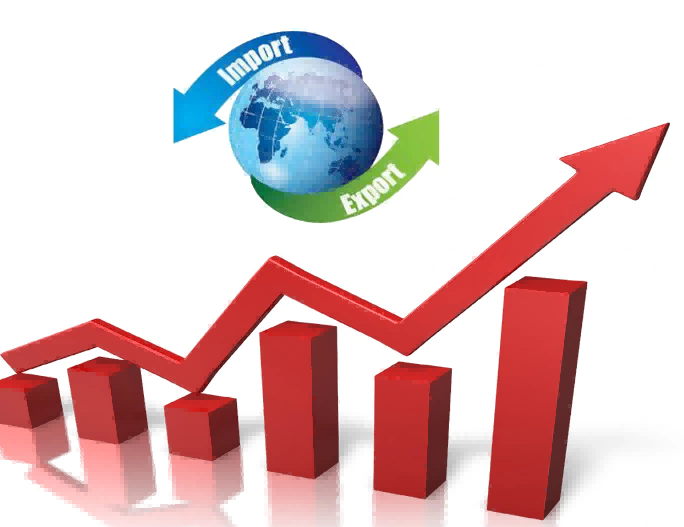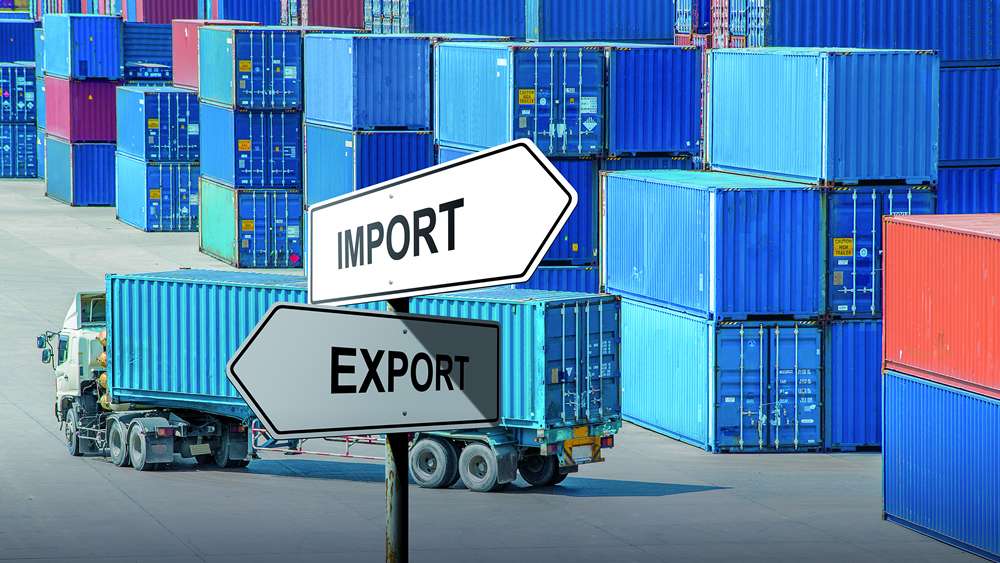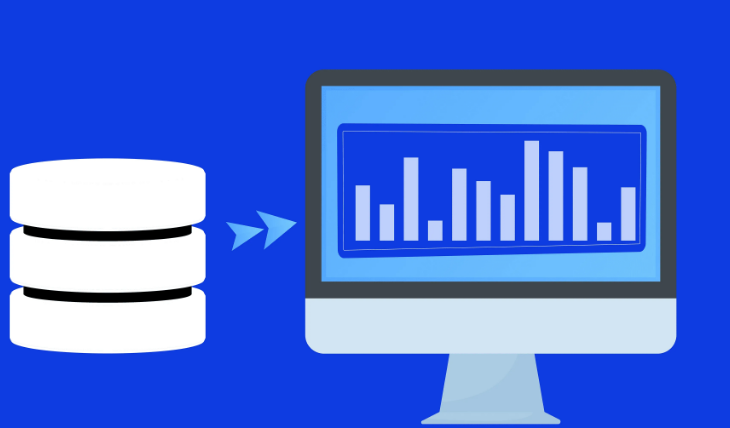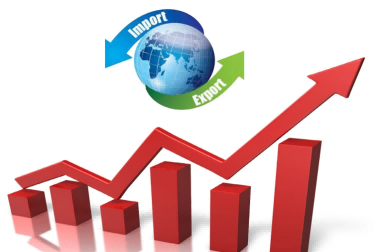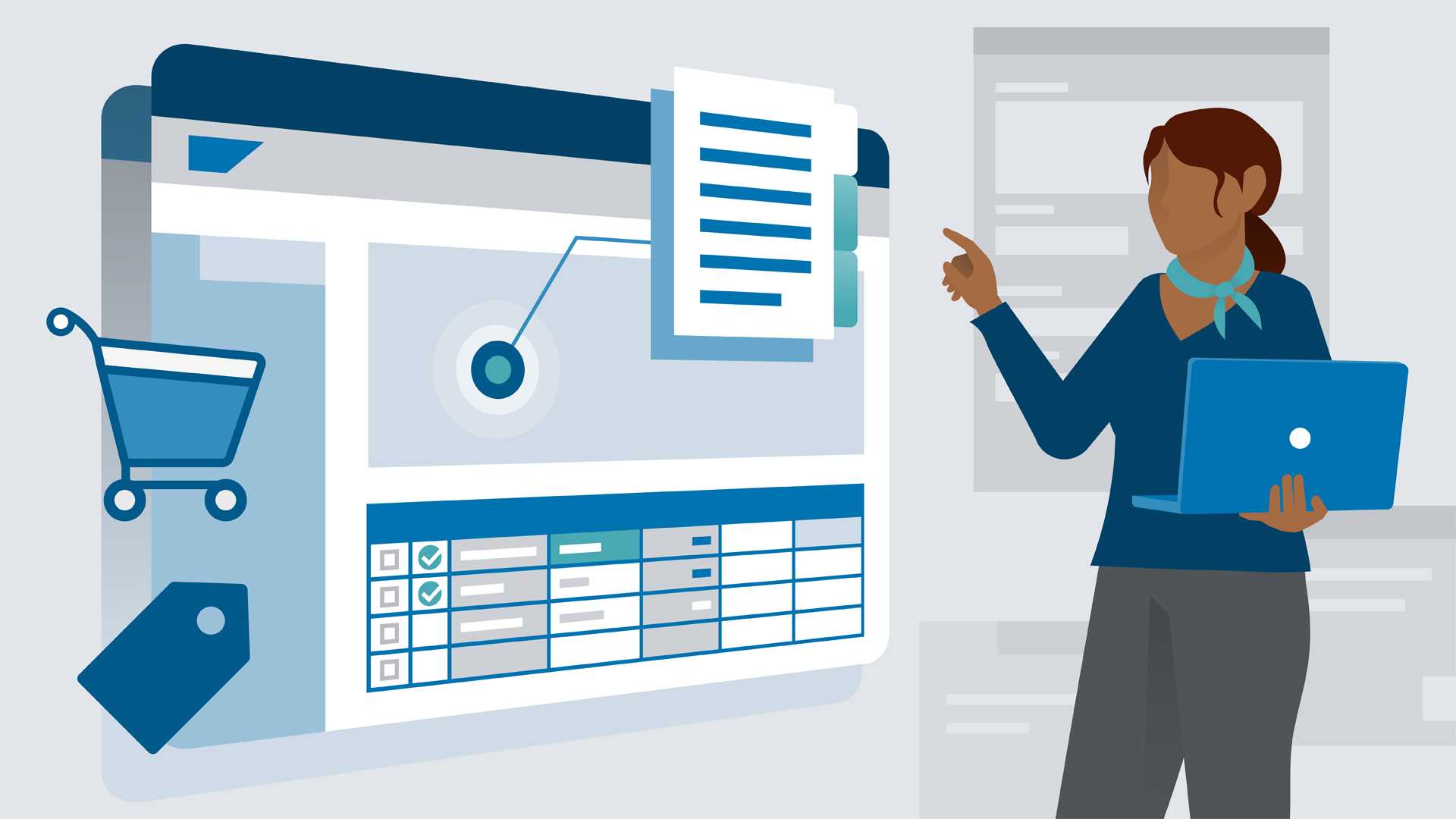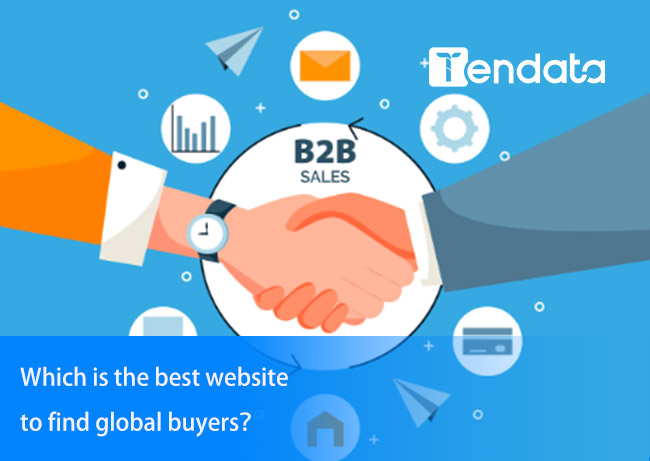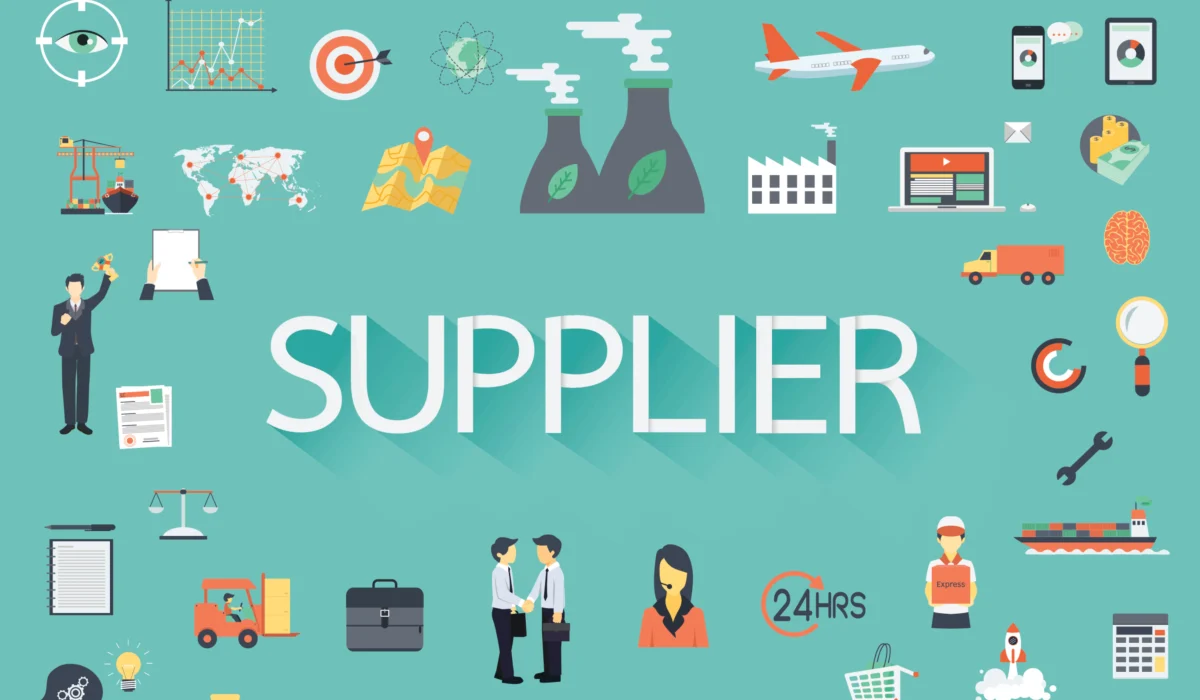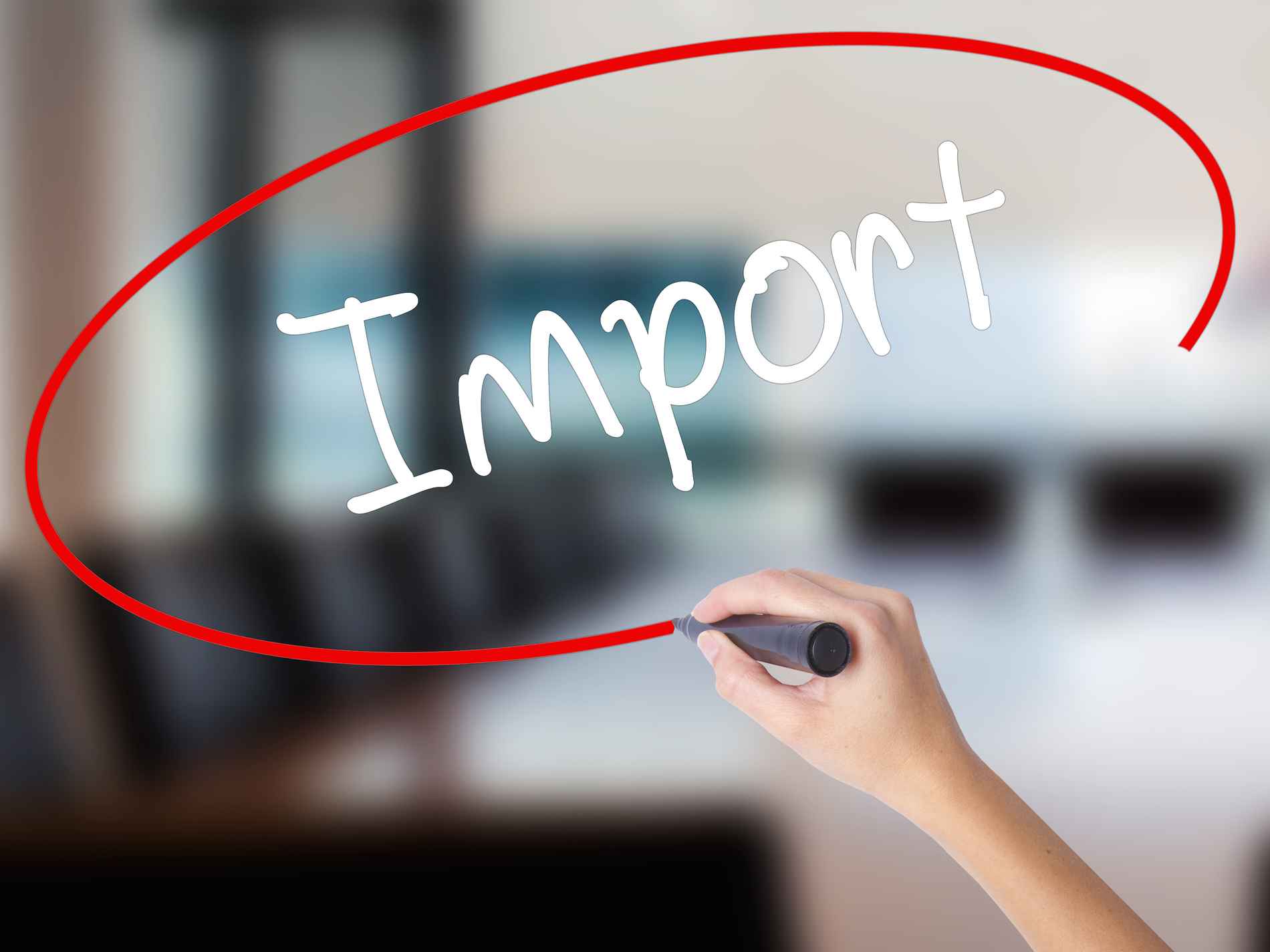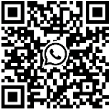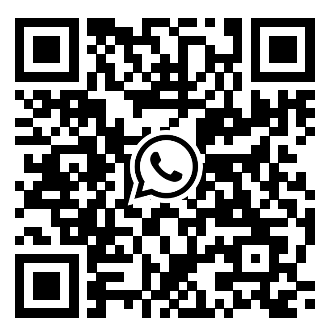 Trade Data Provider
Trade Data Provider
 09-04-2025
09-04-2025
Here's a Proven, Cost-Effective Strategy Backed by Real Results!
In the fast-paced world of international trade, one of the biggest challenges for exporters—especially new entrants—is how to acquire customers quickly and efficiently. Today, I'm sharing a time-tested strategy that has consistently delivered results. It's a practical, data-driven approach that uses global trade data to uncover new business opportunities at minimal cost.
Let me walk you through how it works, with real examples from tools I personally use.

1. Start with Known Buyers: Reverse-Engineer from Big Names
Let's say we know of a major international buyer—WAL-MART INC. By searching this company in a global trade data platform, we can instantly view detailed information on its past and current suppliers. This includes:
·What products they've purchased
·How much they spent
·The origin countries of their suppliers
·Shipment history and volume
This data provides insights that help exporters acquire customers by understanding what buyers want and offering tailored solutions.
>>Get A Free Demo from Tendata<<

Trade Data from: Tendata
2. Analyze Competitors to Discover New Leads
Likewise, by entering the name of one of your competitors into the platform, you can see their entire export history—including the details of each transaction and a list of their customers.
This allows you to:
· Identify active buyers in your industry
· Understand your competition's market positioning
· Discover new leads to acquire customers that align with your offerings
>>Get More Infos from Tendata<<
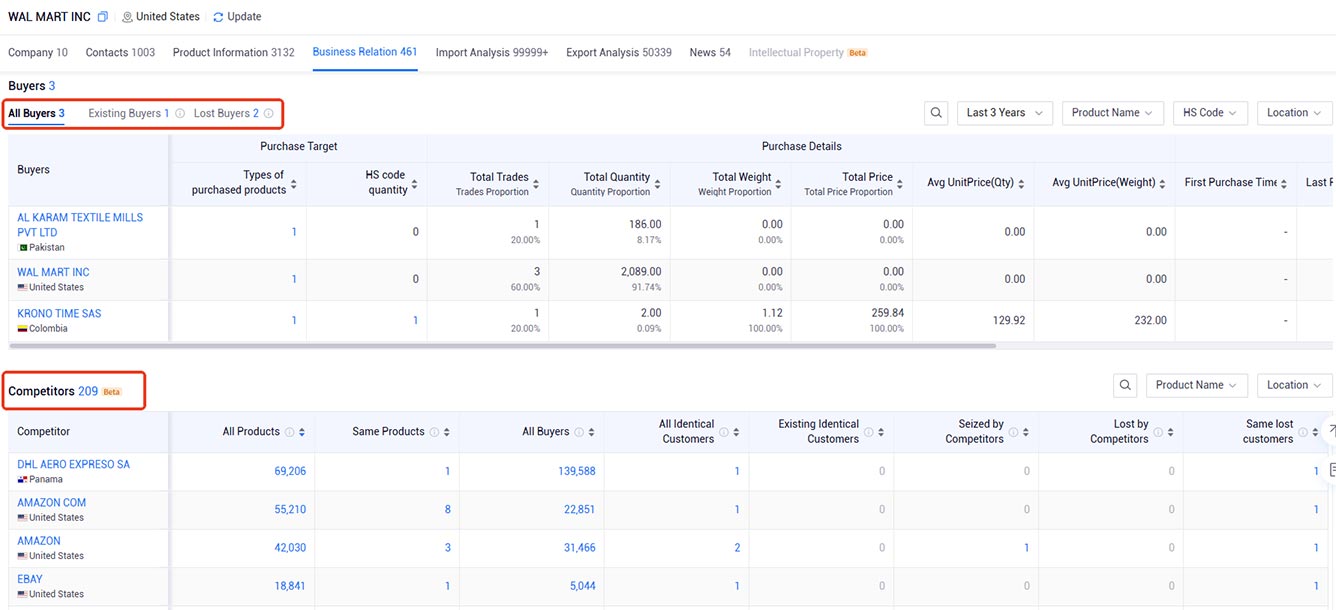
Trade Data from: Tendata
3. Track Supplier Turnover to Spot Openings
Using trade data, you can analyze a buyer's supplier history over the last year:
· Who are their new suppliers?
· Which suppliers have they stopped working with?
· Who are their long-term partners?
This information can highlight windows of opportunity where you can step in and acquire customers who may be looking for new suppliers.
4. Match Buyer Needs with Your Product Line
Understanding what products your target buyer is sourcing from other companies—especially those similar to yours—gives you a competitive edge. If your catalog aligns, you can make a well-targeted pitch and potentially acquire that customer by offering a better product or price.
This method also applies to retaining and upselling to existing customers. For example, if a current client buys plastic parts from you, but you find that they purchase accessories elsewhere, you can cross-sell your accessories and deepen the relationship.
5. Use Contact Tools to Connect Directly
Once you've identified your target company, the next step to acquire customers is direct outreach. With the help of email-finding and B2B lead generation tools, you can access:
·Decision-maker emails
·LinkedIn profiles
·Direct phone numbers
·All exportable to Excel for organized follow-up
This enables you to contact prospects anytime, from any device—making it easier to acquire and engage customers without delay.
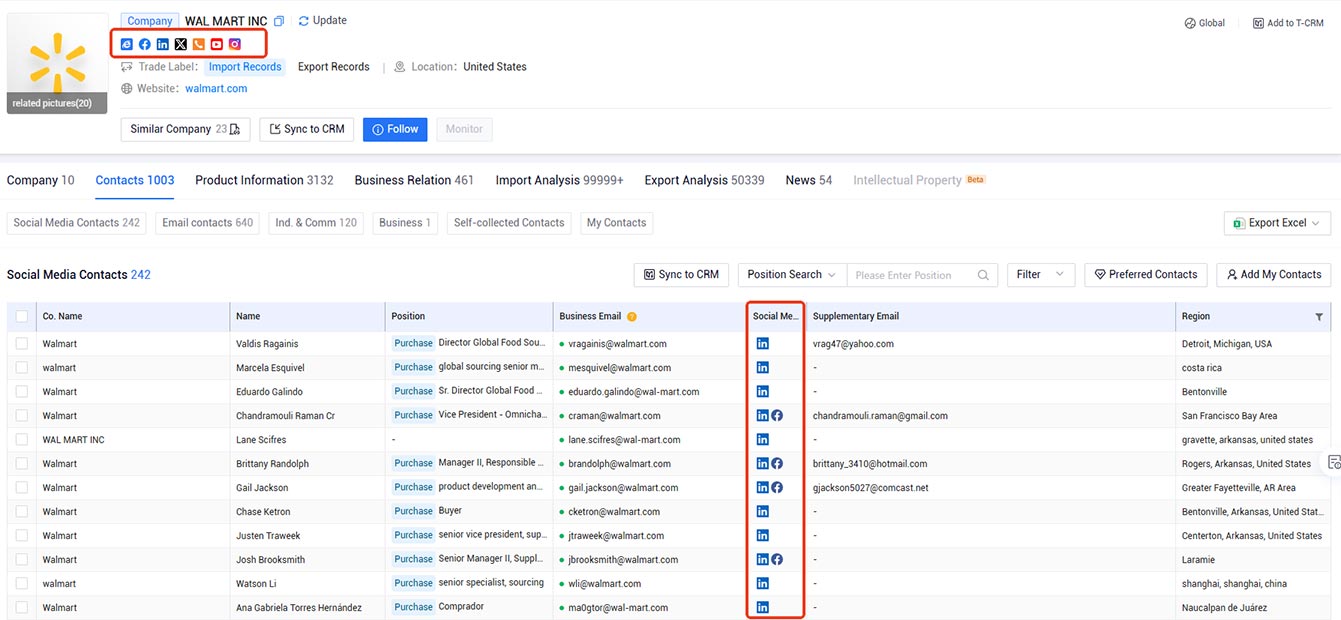
Trade Data from: Tendata
6. No Targets Yet? Start with Keywords or HS Codes
If you're just starting out in exports and don't yet have target companies, no problem. You can still use global trade data by searching your product category using:
·Product keywords
·Customs HS codes
For instance, if the U.S. has the highest buyer demand for your product, you can filter data by country and acquire customers in that market based on compatibility and purchase history.
Final Thoughts
The key to successfully acquiring customers in the export industry isn't luck—it's smart strategy and leveraging real data. Whether you're a beginner or a seasoned pro, these methods can help you identify the right buyers, present the right products, and build meaningful connections that convert into long-term clients.
Curious about how global trade data can help you acquire customers? Try a free trial and explore your market potential today. >> FREE TRIAL NOW
How Tendata helps B2B Importers and Exporters?
1. Find Big Buyers: Use Tendata to identify big buyers who frequently import a product. These buyers are usually large retailers, wholesalers or brand owners. You can learn about their purchasing habits, purchasing cycles and supplier distribution through their purchasing records.
2. Explore Potential Customers: In addition to existing big buyers, you can also use Tendata to discover some emerging small and medium-sized buyers. These buyers may not have been fully explored by their peers and are your potential customer resources.
3. Get Contact Information: Use Tendata to view detailed information about key decision makers such as purchasers and executives, including their email addresses, LinkedIn and Facebook social accounts, which will help you directly connect with the person responsible for purchasing the product and improve communication efficiency.

Category
Leave Message for Demo Request or Questions


 T-info
T-info T-discovery
T-discovery

 My
Tendata
My
Tendata Market Analysis
Market Analysis Customer
Development
Customer
Development Competitor
Monitoring
Competitor
Monitoring Customer Relationship
Customer Relationship



